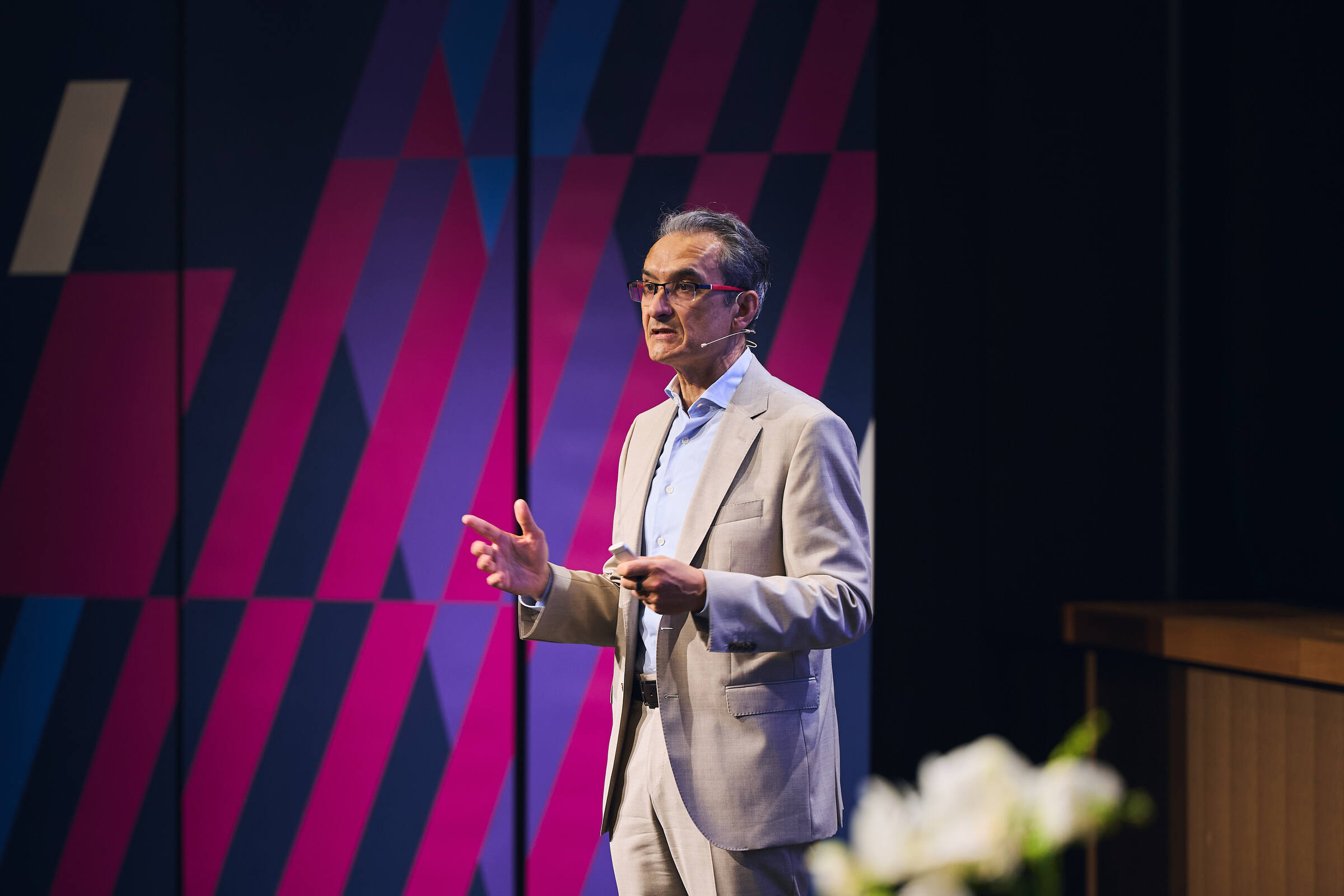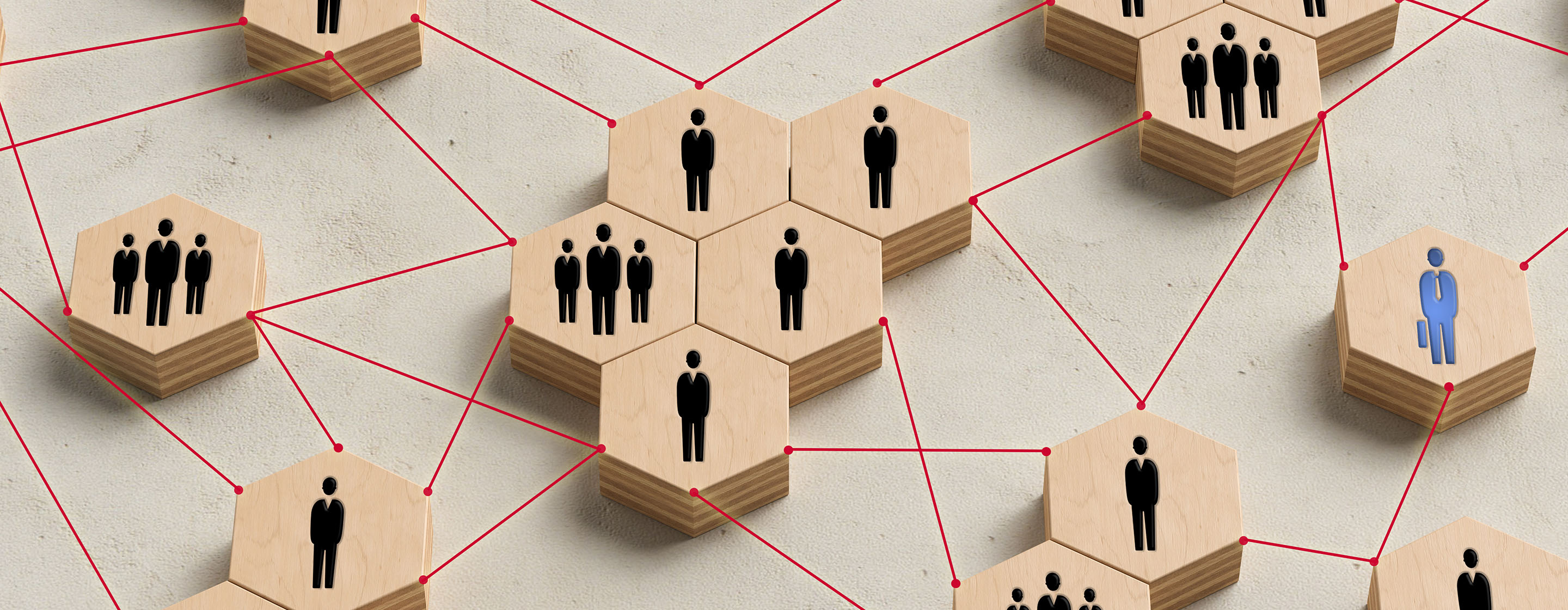Electrolux: Subscribing to growth
Electrolux AB is the world’s fifth-largest maker of consumer appliances. In November 2018, Electrolux launched the trial of a subscription-based business model in Sweden for the Pure i9 – a high-end robotic vacuum cleaner. Within nine months, Daniel Wentz, VP Software Products, who had spearheaded the initiative, started seeing traction in the market. Daniel was convinced that there was a much bigger opportunity for Electrolux to create value with the new hardware-as-a-service concept for small appliances. But key questions remained: How to shift the organization from a hardware-first product-push comfort zone to software-first service-pull model? How could Electrolux create more value with the hardware-as-a-service model? How to scale up the subscription-based business model? What options might be considered? What kind of investment and leadership commitment would it take to succeed?
- Shifting a traditional product business to subscription-based model: opportunities and challenges.
- Assessing capabilities required to drive hardware-as-a-service business.
- Transforming the organizational DNA of a B2B company to become a consumer obsessed D2C enterprise.
- Understanding the evolving role of data.
- Risk of killing a promising idea due to lack of focus, prioritization and organizational inertia.
Electrolux, Consumer Goods, Home Appliances
2018 - 2019
Cranfield University
Wharley End Beds MK43 0JR, UK
Tel +44 (0)1234 750903
Email [email protected]
Harvard Business School Publishing
60 Harvard Way, Boston MA 02163, USA
Tel (800) 545-7685 Tel (617)-783-7600
Fax (617) 783-7666
Email [email protected]
NUCB Business School
1-3-1 Nishiki Naka
Nagoya Aichi, Japan 460-0003
Tel +81 52 20 38 111
Email [email protected]
IMD retains all proprietary interests in its case studies and notes. Without prior written permission, IMD cases and notes may not be reproduced, used, translated, included in books or other publications, distributed in any form or by any means, stored in a database or in other retrieval systems. For additional copyright information related to case studies, please contact Case Services.
Research Information & Knowledge Hub for additional information on IMD publications
Last week, a notification flashed. “Add your email address for extra security,” my phone chirped. It was from WhatsApp. I stared at the screen, a single question forming in my mind: Security? Or surveillance? I tapped “No.” The feeling wasn’t ange...
Research Information & Knowledge Hub for additional information on IMD publications
Research Information & Knowledge Hub for additional information on IMD publications
in I by IMD
Research Information & Knowledge Hub for additional information on IMD publications
Research Information & Knowledge Hub for additional information on IMD publications
Research Information & Knowledge Hub for additional information on IMD publications
Research Information & Knowledge Hub for additional information on IMD publications
in I by IMD
Research Information & Knowledge Hub for additional information on IMD publications
Research Information & Knowledge Hub for additional information on IMD publications
Research Information & Knowledge Hub for additional information on IMD publications
Research Information & Knowledge Hub for additional information on IMD publications







